“Trebbiano?!” I hear you say, your sense of dismissal and derision palpable as you say the grape’s name.
But this isn’t any old Trebbiano, oh no.
This is the mighty Trebbiano Spoletino, a bona fide contender for the title of finest Italian white grape varietal. Never heard of it before? Not to worry, we’ll give you a 101 on this hugely unappreciated grape…
I tasted my very first Trebbiano Spoletino just a couple of months back at Taberrini, on my first trip to Umbria, where I was there to study the wines of Montefalco with one of my favourite travelling companions, John Szabo MS. It’s taken me all this time to get my head around how this grape impacted me, and in writing this piece I’ve had to check myself a couple of times to ensure that I didn’t fall into the old hyperbole trap.
Only yesterday I had to send an email to Italian grape guru, Ian d’Agata with my thoughts on the varietal, seeking his thoughts, as I was concerned that perhaps I was losing my mind. I was most happy when my protestations of love, adoration, and respect for the Trebbiano Spoletino grape were met with a fluid “Me too!” rapid response from the great man himself. It was this particular validation that drove me to write this small piece today.
Entirely unrelated to the ubiquitous and wholly unremarkable Trebbiano Toscano, the Spoletino can produce wines of amazing depth, richness, and clarity. Over the past 10 years this forgotten grape has seen something akin to a renaissance in Umbria, but as d’Agata states in his excellent Native Wine Grapes Of Italy, this rush to market has seen a swathe of wines that bear little or no relation to one another, which makes one question if these winemakers are indeed working with the same grape variety.
The lesser bottlings of the grape are somewhat reminiscent of the more sapid Styrian Sauvignon Blancs, but those are by no means the wines that turned my head. The best examples of Trebbiano Spoletino (the aforementioned Tabarrini and Perticaia) are rich, dense, mouth-coating beasts that seem to channel the very soil they grow in, capturing in their structured architecture the essence of the Umbrian scrub of rosemary, thyme, and linden trees. Without seeing any oak whatsoever they are weighty, expansive wines that thrill both the palate and olfactory to an immense degree. Inherently alcoholic, these superlative wines find a sublime balance with a crisp lemony acidity that easily shoulders the unctuous load.
If I were forced to make any comparisons with other grapes I would be speaking of old vine Riesling crossed with similarly veteran Santorini Assyrtiko.
I’m still thinking about those wines I tasted in Montefalco… If I think hard enough I can still taste them. They made that much of an impression on me.

Edinburgh-born/Toronto-based Sommelier, consultant, writer, judge, and educator Jamie Drummond is the Director of Programs/Editor of Good Food Revolution… And he thinks that this grape shows staggering potential. You heard it here first!

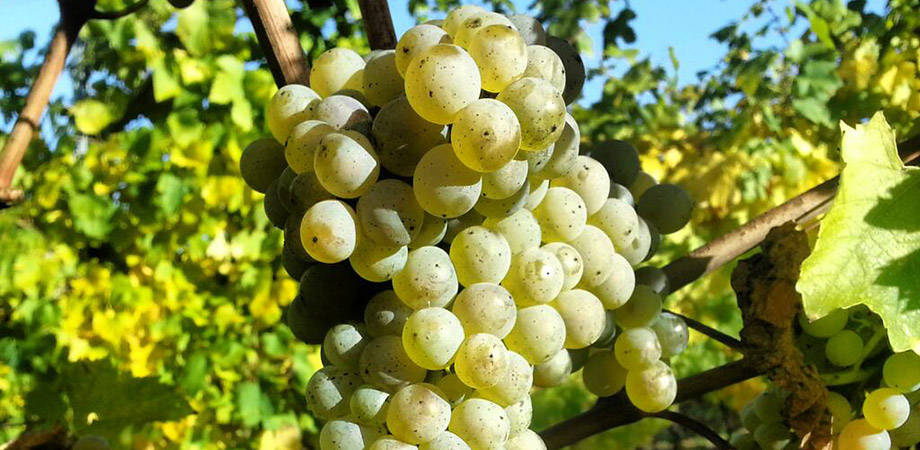


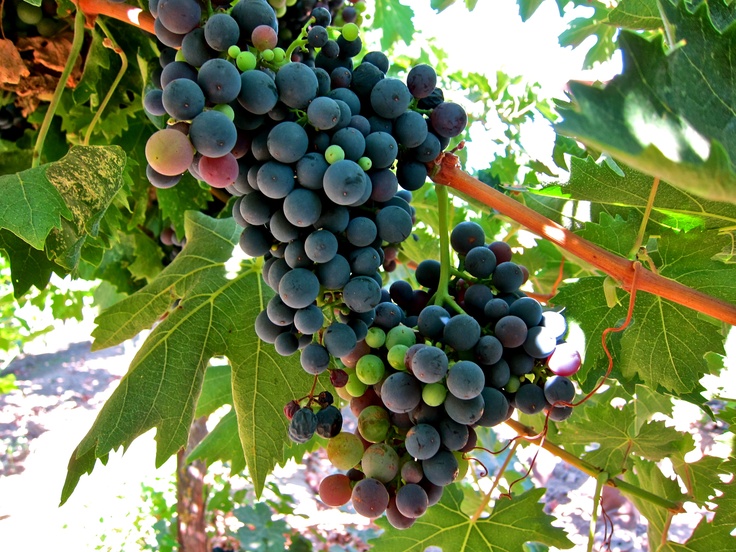
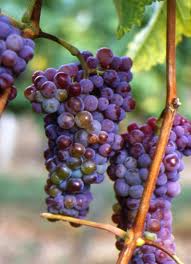
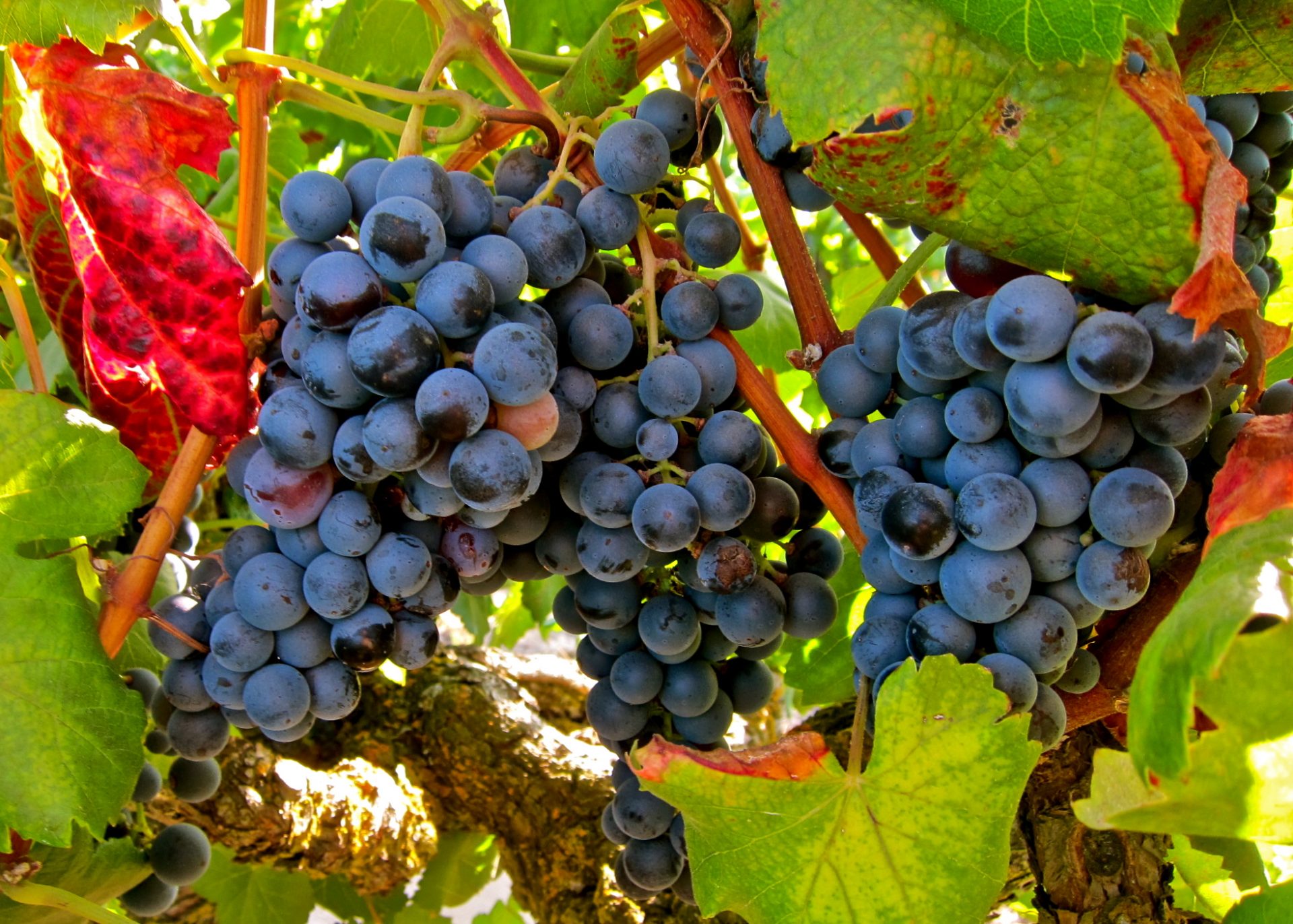
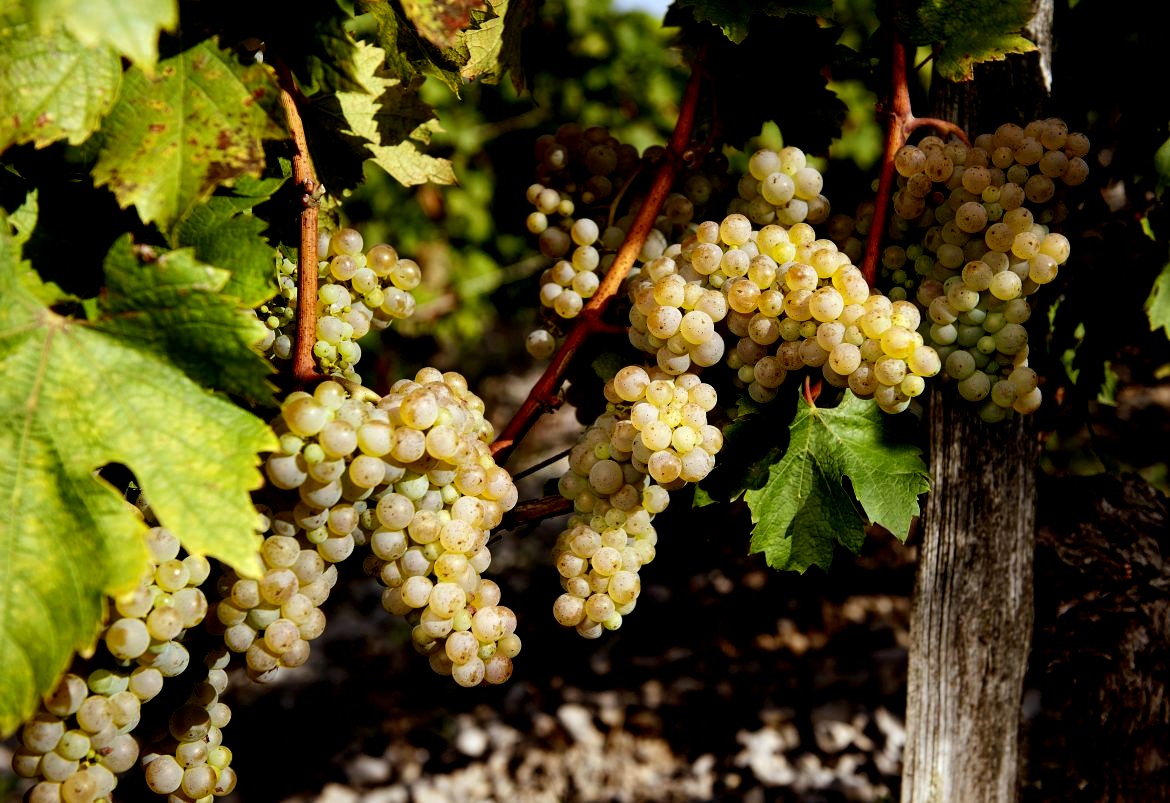

I’m drinking an amazing trebbiano spoletino now. I had never had one before, and now it’s my favorite wine! My local liquor store carried an imported variety. It’s on the pricier side, but well worth it.
Dear Ladies and Gentlemen!
I am responsible for the wine dictionary: https://glossar.wein-plus.eu/
I would ask to use the image from Trebbiano Spoletino